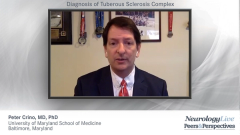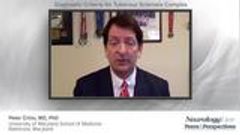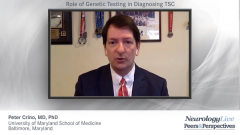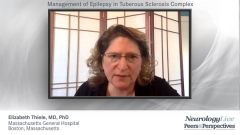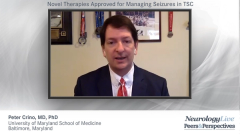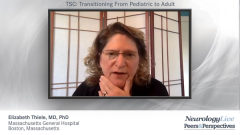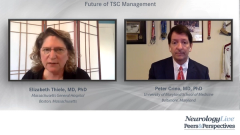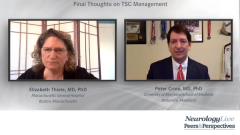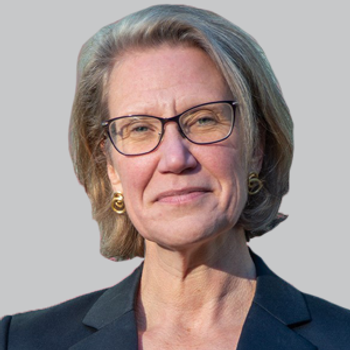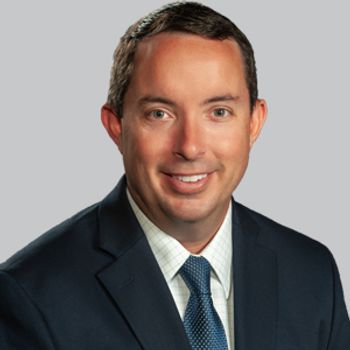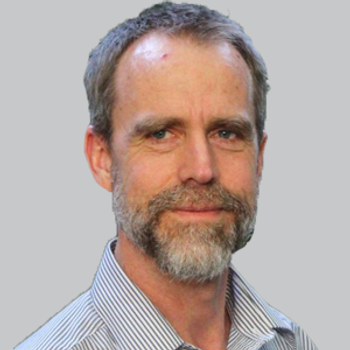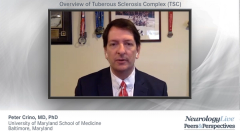
Unmet Needs in TSC Management
Elizabeth Thiele, MD, PhD, and Peter Crino, MD, PhD, comment on unmet needs and challenges in treating tuberous sclerosis complex.
Episodes in this series

Elizabeth Thiele, MD, PhD: A frustration that all of us in the TS [tuberous sclerosis] community still have is that there is still a lack of awareness and understanding of this order in the medical community. I know we’re all working hard to try to improve that. Even if we have the most effective treatment, it’s only going to help if we know a person has TSC [tuberous sclerosis complex]. We looked at this several years ago: What leads to the diagnosis of an individual having TSC, and what were the missed symptoms? When we looked at this, epilepsy was the most often missed symptom, which was disappointing to me. I was looking at a lot of adults who were having seizures as children. There were no MRI scans, and there was no understanding about TS.
The other thing that’s been exciting over the past 20 years is the emergence of all these TSC clinics and programs. You and I several years ago discussed the role of TSC clinics and the concern if you don’t have access to a clinic? How do you view TS care? Obviously, we both direct TSC clinics. How would you advise either our colleagues who don’t have access to a clinic or patients who don’t have easy access to a clinic? What advice would you give them?
Peter Crino, MD, PhD: It’s a very challenging question. It comes down to access to health care. That applies to both urban and rural areas. Lots of individuals have been evaluated for seizures, and TSC has never even been on the differential diagnosis. Sadly, I’ve seen more patients than I care to who have been evaluated. I even had scans of their organs and never had a diagnosis made. No one closed the loop. It’s a sad thing. We really have to push the awareness. The Tuberous Sclerosis Alliance has done a huge job to build awareness. For patients, it’s important to be your own advocate and realize that knowledge is power. The ability to explain to your physician, “I have this genetic disease, and these are the features.” Go to the website, print the diagnostic criteria, print the surveillance criteria, and say, “This is what I need to have done.
At the end of the day, that’s very important. The nice thing about the TS Alliance is that if you’re a patient in the United States, Canada, or even worldwide, you can access the alliance and say, “I need some help. Is there anyone who can help me?” You and I and a lot of our colleagues do tele-evaluations and review records for patients. That’s the other way to do this. Finally, figuring out a network now that the pandemic has taught us all how to do telemedicine visits. The future of a telenetwork to connect people from around the globe with TSC is going to be the way of the future. That’s the way we’re going to get in underserved areas around the world. That’s the way we’re going to get the message out. Even in the United States, lots of people in designated rural areas are never evaluated for TSC. It’s unfortunate because it leads to patient morbidity.
Elizabeth Thiele, MD, PhD: You and I have been very involved with the TS Alliance, and now you’re chairman of the board. Working with that organization—I was on the board for 12 years—taught me how important that type of that organization is for patients and families living with these disorders. TS Alliance is also very important for our colleagues in the medical field because it is a source of information. Not everyone can be an expert about everything, and there might be a neurologist who has 1 or 2 patients with TS, and that’s a resource to easily go to. With your role with the TS Alliance, where do you view it leading to further research and further awareness of TSC?
Peter Crino, MD, PhD: We’re at an inflection point, for sure. In TSC, we’ve done what many rare-disease organizations have not been able to do but still aspire to. We’ve gone from a group of patients that this diagnosis was around in the late 1800s. We have a century’s worth of clinical experience. In rapid fire over several years, we identified the causative genes for this disorder. In a bedside-to-bench strategy, we immediately did lots of funded research—some by the National Institutes of Health, some by the Department of Defense, some by the TS Alliance—and tried to understand what these genes do. What pathways do they function in? Amazingly, we were able to come up with actionable areas that we could treat with existing medications and rapidly proceeded to clinical trials. And then wow, here we are with FDA approval.
That’s a remarkable story of bedside to bench and back to bedside. That’s all great, but we haven’t cured tuberous sclerosis. This disease is still here, and people still are suffering with epilepsy in tandem kidney disease. The next generation, the inflection point, is taking where we are, expanding on our knowledge, looking at more patients through a natural-history database, looking at tissue samples from patients in a biorepository, and using a preclinical consortium, which has existing mouse models to test in a very high throughput way different compounds that might affect the features of TSC with an eye toward eliminating autism, tuberous sclerosis, epilepsy, and lung disease in 5 to 10 years. Those are the goals in the next 10 years that we need to be aiming for.
Elizabeth Thiele, MD, PhD: I completely agree. You and I have known each other for over 20 years, and I’m thinking of the journey and the things we’ve learned. I’m thinking about how there are still unmet needs, there’s still a lot going on, and there’s a lot of more work to do.
I’d like to thank the audience for watching this Neurology Live® webinar. If you enjoyed the content, please subscribe to our e-newsletters to receive upcoming programs and other great content right in your in-box.
Transcript Edited for Clarity
Newsletter
Keep your finger on the pulse of neurology—subscribe to NeurologyLive for expert interviews, new data, and breakthrough treatment updates.

